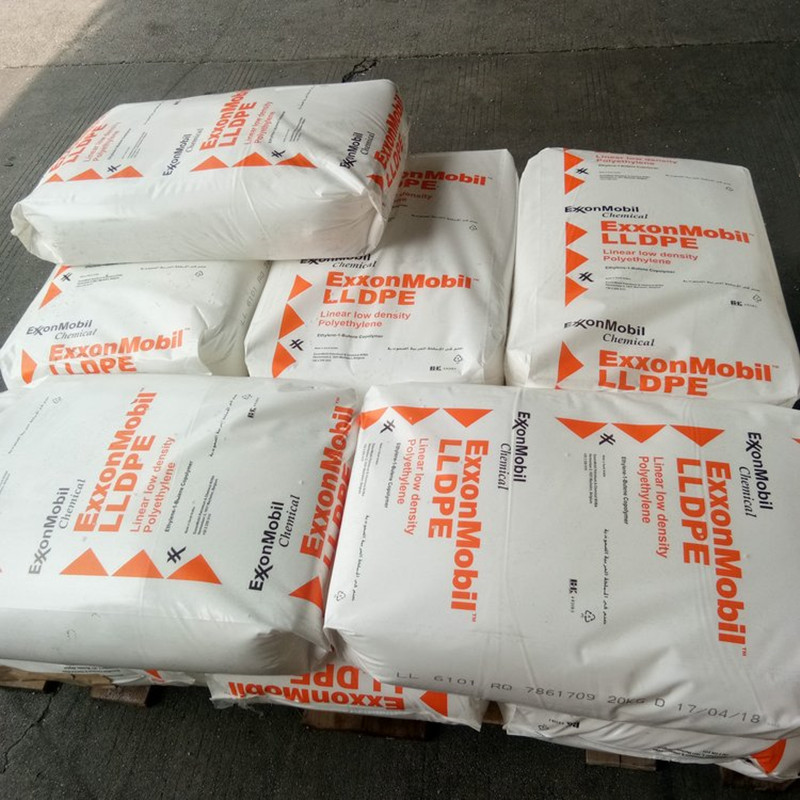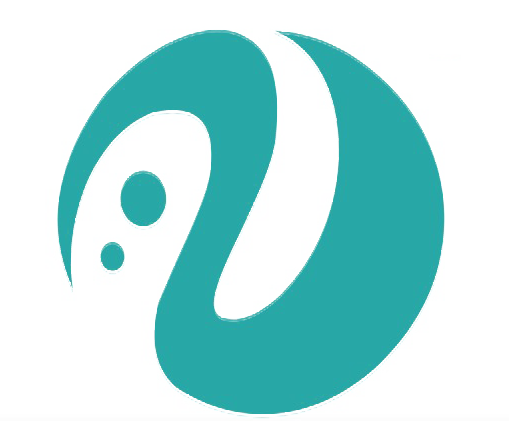Stretch film is primarily made from various types of plastic materials, each offering unique advantages:

1. Metallocene Polyethylene (mPE): Metallocene polyethylene is a type of polyethylene resin produced using metallocene catalyst technology. It offers superior strength, puncture resistance, and stretchability compared to conventional polyethylene films. mPE stretch film is known for its high clarity, tear resistance, and excellent load-holding capability.
2. Linear Low-Density Polyethylene (LLDPE): LLDPE is a flexible and tough thermoplastic polymer with excellent stretch properties. It provides good puncture resistance and high elongation at break, making it ideal for wrapping irregularly shaped loads. LLDPE stretch film offers strong cling properties and is suitable for both manual and machine application.
3. Low-Density Polyethylene (LDPE): LDPE is a soft and flexible plastic material known for its high tensile strength and tear resistance. LDPE stretch film is often used for light to medium-duty applications where puncture resistance and elongation are essential. It provides excellent cling properties and conforms well to the shape of the load.
4. Ethylene Vinyl Acetate (EVA): EVA is a copolymer of ethylene and vinyl acetate, offering excellent clarity, flexibility, and toughness. EVA stretch film provides good puncture resistance and tear strength while maintaining high clarity for visibility of packaged items. It is commonly used for packaging food products, electronics, and pharmaceuticals.
5. Polyvinyl Chloride (PVC): PVC stretch film is known for its high clarity, excellent cling properties, and resistance to moisture and chemicals. It offers good puncture resistance and load-holding strength, making it suitable for wrapping palletized goods in various industries. PVC stretch film is often used for manual wrapping applications where a higher level of stretchability is required.

